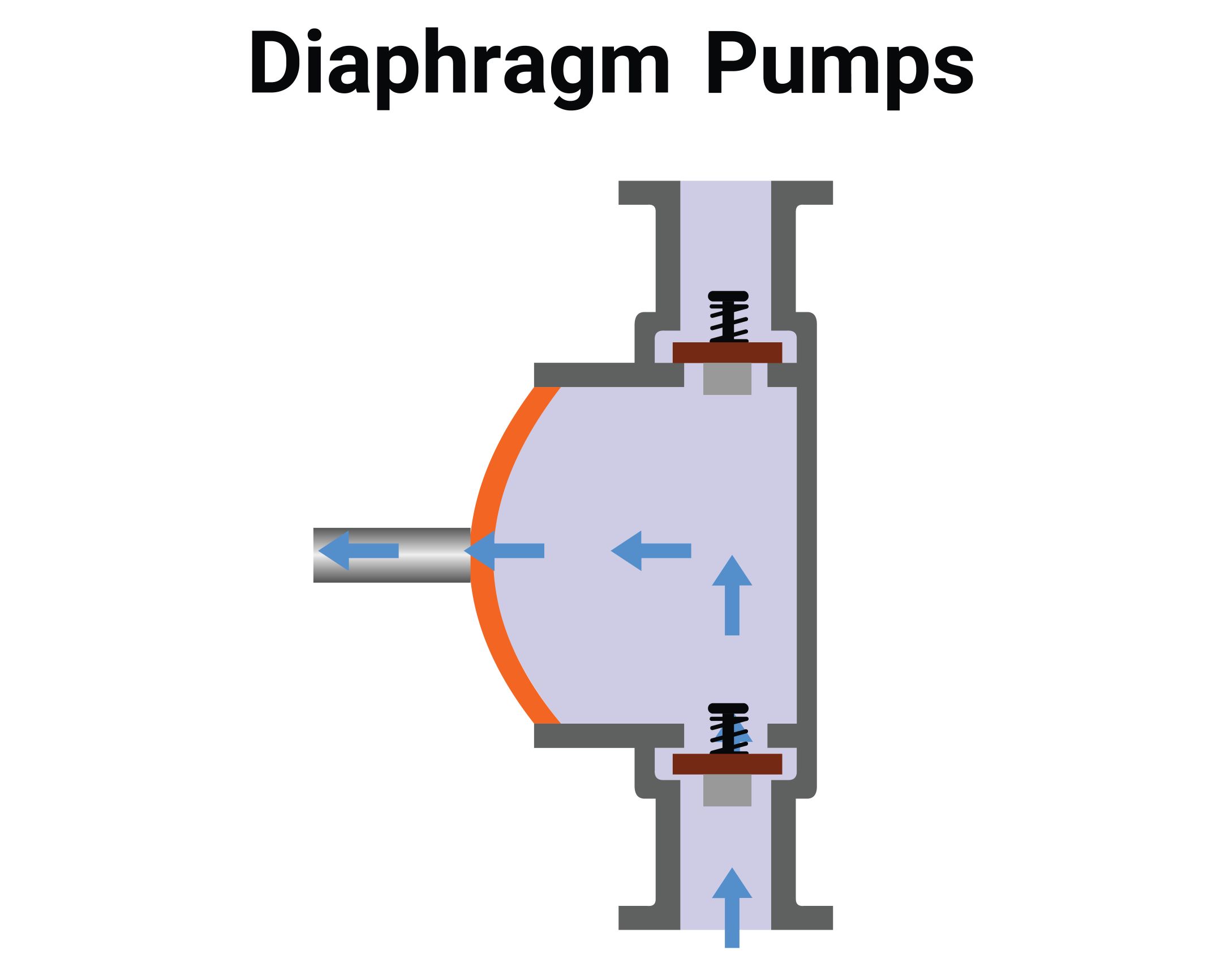How to Choose the Right Magnetic Stirrer for Your Laboratory Needs?

Strong 8k brings an ultra-HD IPTV experience to your living room and your pocket.
Magnetic stirrers are indispensable in modern laboratories across pharma, analytical, and research environments, serving critical roles in sample prep, solute dissolution, titration, and extraction. Their performance directly impacts the quality and consistency of procedures ranging from HPLC buffer preparation to extended solvent extractions. Choosing the incorrect stirrer can lead to variability in results, sample degradation, or even equipment failure. However, with the correct model, labs can ensure reproducibility, safety, and workflow efficiency.
This post outlines how to select the most appropriate magnetic stirrer model based on lab requirements, sample types, volume ranges, and heating needs.
###ANCHOR0###Defining the Use Case: Volume, Application, and Temperature
The first step in selecting a stirrer is to assess its intended use and application environment.
Laboratory processes vary widely in terms of volume capacity, sample viscosity, chemical compatibility, and temperature sensitivity. Understanding these operational parameters is essential to ensure that the selected stirrer delivers consistent performance, safe operation, and process reliability across applications such as chemical synthesis, sample preparation, or biological assays.
Application | Recommended Model | Heat Required? | Volume Range |
HPLC/GC vial buffer prep | Magnetic Stirrer (Stir Only) | No | 50 mL to 500 mL |
Solvent extraction/fat analysis | Magnetic Hot Plate Stirrer (Heat & Stir) – 2L or 5L | Yes | 500 mL to 5 L |
Emulsion mixing/viscous solutions | Overhead Stirrer (recommended) or Magnetic Hot Plate Stirrer (if low viscosity) | Yes | Up to 20 L |
Batch vial preparation | Magnetic Hot Plate Multi-position Stirrer | Optional | Multiple x 100 mL |
Do not use high-volume stirrers for small samples like HPLC vials, as it results in unstable stirring and inefficient mixing. Match the stirrer to the volume range for optimal vortex formation and homogeneity.
###ANCHOR2###Heat and Stirring Integration: When to Use Heat & Stir Models
Many solvent-based processes require heat to increase solubility or initiate reactions. For these, a simple stirrer isn’t enough. Premium suppliers like Borosil Scientific offer the following heat-integrated magnetic stirrers:
● Magnetic Hot Plate Stirrer (Heat & Stir)- 2L
Suitable for low-to-medium volume processes. Digital temperature control supports up to 300°C. Common in buffer solution prep and small-scale digestion.
● Magnetic Hot Plate Stirrer (Heat & Stir)- 5L
Added torque supports heavier loads. Used in gravimetric fat extraction or emulsion protocols.
● Magnetic Hot Plate Stirrer (Heat & Stir)- 20L
Designed for high-viscosity samples or where larger volumes need uniform heating. Ideal for plant extract stirring and long-duration heating.
Each unit is equipped with a chemically resistant, ceramic-coated top and closed-body design to protect internal components from solvent vapour ingress.
###ANCHOR3###Multi-Position Models: High Throughput, Minimal Bench Space
When working with multiple samples, such as in QC labs where ten or more HPLC vials are processed per cycle, single-position stirrers are inefficient. This is where magnetic hot plate multi-position stirrers offer value.
These models allow,
● Parallel processing of 6-10 samples
● Uniform heating and stirring
● Individual control or synchronised settings (depending on the unit)
● Compact footprint compared to multiple single stirrers
Recommended for:
● Method validation labs
● Stability testing (multiple batches)
● Buffer preparation across pH levels
Avoid overheating or uneven mixing by using matched vials and stir bar sizes. Stirring speed should be set based on sample viscosity to prevent bar decoupling.
###ANCHOR4###Control Options: Digital vs Analogue for Repeatability
For labs focused on analytical repeatability, digital control is strongly recommended.
Control Type | Use Case | Advantages |
Analogue | Teaching labs, basic solution prep | Cost-effective and simple |
Digital | Pharma R&D, QA/QC, regulated method validation | Precise, programmable, compliant with audit requirements |
Routine procedures like HPLC mobile phase preparation demand high reproducibility; digital control ensures that temperature and mixing profiles remain consistent from batch to batch.
###ANCHOR5###Plate Surface Material and Build Durability
Plate materials affect not only chemical resistance but also heat distribution and cleaning ease.
● Ceramic-coated plates resist strong acids, alkalis, and organic solvents.
● Enclosed housing design minimises ingress from spills, which is a critical feature for compliance with safety norms in GMP environments.
Cleaning is straightforward. You can wipe the surfaces with 70% IPA or neutral detergent. No complex dismantling is required. Regular surface checks are advised to prevent long-term degradation from corrosive vapours.
###ANCHOR6###Mixing Performance: Speed Range and Torque Matching
Torque and speed capacity must align with your sample’s viscosity. High-viscosity liquids (e.g., plant resins, oil-based samples) require stirrers with torque stability even at higher RPMs.
Sample Type | Recommended Speed (RPM) | Torque Requirement |
Water-based buffers | 300–800 | Low |
Solvent-based HPLC prep | 500–1000 | Medium |
Viscous samples | 100–600 | High |
Avoid using oversized stir bars. Match bar length with the vessel size to prevent magnetic decoupling. For high torque needs, the 20 L model offers enhanced drive mechanisms that retain stirring speed even under viscous resistance.
###ANCHOR7###Maintenance and Safety Considerations
Routine maintenance ensures long-term reliability:
● Wipe plates daily to remove solvent residue
● Avoid overloading beyond rated capacity
● Inspect power cords and plug points regularly
● Use magnetic stir bars with PTFE coating for chemical compatibility
Companies like Borosil Scientific’s units are designed with over-temperature protection, especially crucial when working with flammable solvents. Multi-position units also include independent heating zones for better thermal control and safety during large batch testing.
###ANCHOR8###Conclusion
Magnetic stirrers might seem like basic tools, but when matched to the right application, they become precision instruments critical to lab performance. From stir-only setups for mobile phase prep to multi-position hot plate stirrers for batch testing, every lab need can be met with the right configuration.
Selecting based on volume range, heating need, torque and speed stability, and material compatibility ensures you invest in equipment that supports both workflow efficiency and compliance. Choose precisely. Stir constantly. Work efficiently.
Note: IndiBlogHub features both user-submitted and editorial content. We do not verify third-party contributions. Read our Disclaimer and Privacy Policyfor details.







